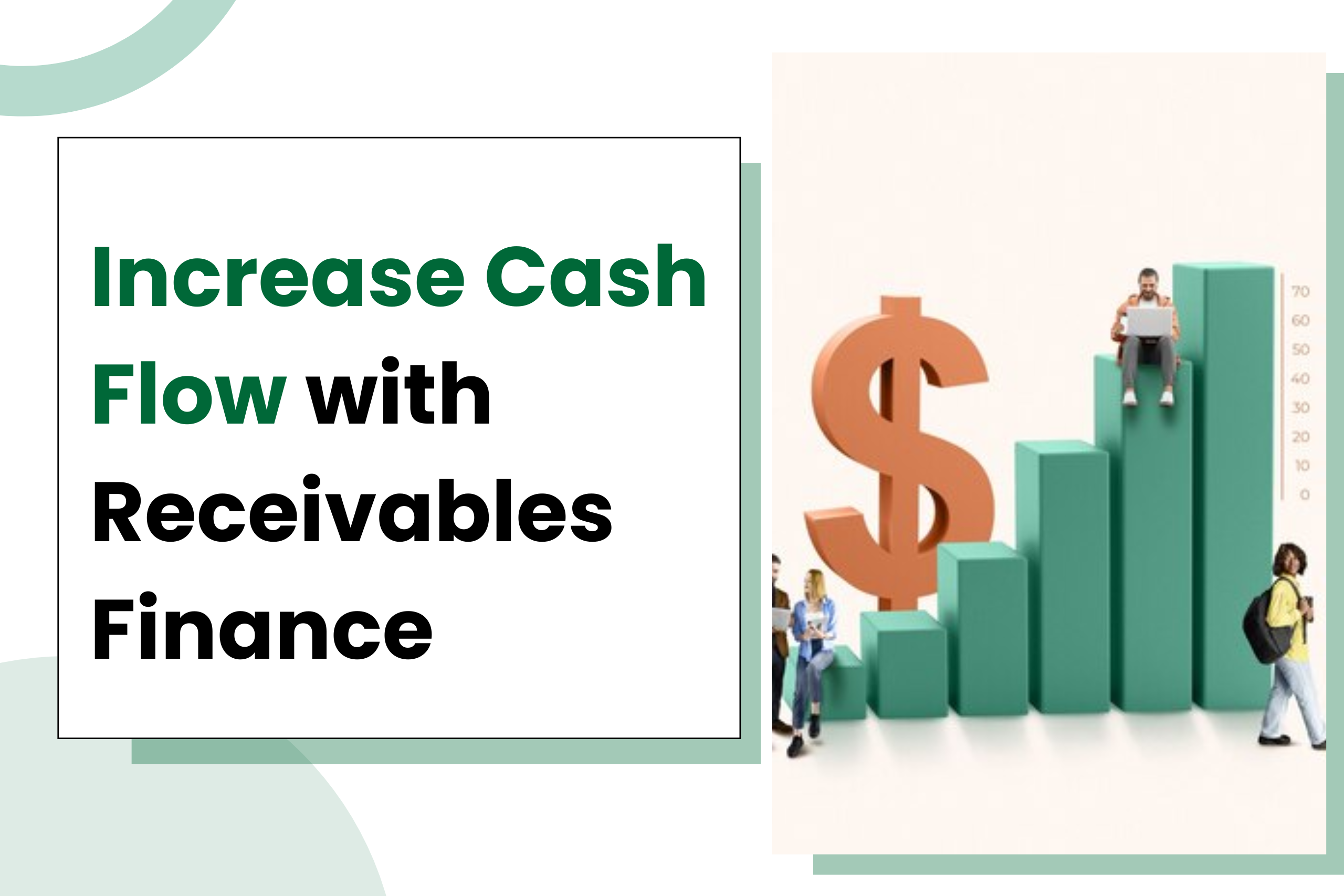As we move into 2025, the financial landscape continues to evolve, driven by technological innovation, economic shifts, and changing consumer expectations. For businesses and individuals alike, staying ahead of these trends can make all the difference in securing favorable financing options and achieving financial goals. Here are the top loan and financing trends to watch out for in 2025.
1. Increased Adoption of AI in Lending Decisions
Artificial intelligence (AI) is becoming a cornerstone of the lending industry. Lenders are using AI to:
- Streamline Credit Assessments: AI analyzes vast amounts of data quickly, offering faster and more accurate credit decisions.
- Reduce Bias: Algorithms can help eliminate human bias in lending decisions.
- Enhance Risk Management: Predictive analytics identify potential risks earlier, allowing lenders to adapt.
For borrowers, this means faster approvals and personalized loan options tailored to their financial history and needs.
2. Growth of Embedded Financing
Embedded financing, where financial services are integrated into non-financial platforms, is gaining momentum. Examples include:
- Buy-now-pay-later (BNPL) options embedded in e-commerce checkout processes.
- Business financing options offered directly within ERP or accounting software.
This trend simplifies access to credit for both consumers and businesses, providing seamless, on-demand financing solutions.
3. Expansion of Green Financing Options
Sustainability remains a priority, and green financing options are becoming more prevalent. These include:
- Green Loans: Offered at favorable terms for eco-friendly projects.
- Sustainability-Linked Loans: Incentivizing borrowers to meet specific environmental or social goals.
As more businesses and consumers prioritize environmental responsibility, lenders are likely to expand their green financing portfolios.
4. Decentralized Finance (DeFi) and Blockchain-Based Lending
Blockchain technology is revolutionizing lending through decentralized finance (DeFi). Key benefits include:
- Transparency: Blockchain offers a transparent record of transactions.
- Reduced Costs: Eliminating intermediaries lowers transaction costs.
- Accessibility: DeFi platforms provide financing options to underserved populations.
While still emerging, DeFi holds significant potential for transforming traditional lending models.
5. Flexible Financing Solutions for Small Businesses
Small businesses are seeking flexible financing options to manage cash flow and fund growth. Popular solutions include:
- Invoice Factoring: Turning unpaid invoices into immediate cash.
- Revenue-Based Financing: Repayment terms tied to a business’s revenue performance.
- Short-Term Microloans: Providing quick capital with minimal paperwork.
These alternatives offer small businesses the agility they need to thrive in competitive markets.
6. Emphasis on Financial Inclusion
Lenders are increasingly focusing on serving underbanked and underserved communities. Strategies include:
- Offering microloans and community-based financing options.
- Using alternative data (e.g., utility payments, rental history) to assess creditworthiness.
- Partnering with fintech companies to expand reach.
This trend aims to bridge the gap for individuals and businesses that have historically faced barriers to traditional financing.
7. Rising Popularity of Variable Interest Loans
With fluctuating interest rates, variable-rate loans are becoming a more attractive option. Borrowers can:
- Take advantage of lower initial rates.
- Refinance when rates stabilize.
However, these loans require careful consideration of market conditions to mitigate risks.
8. Automation in Loan Servicing
Automation is streamlining loan servicing processes, benefiting both lenders and borrowers:
- For Lenders: Reduced operational costs and enhanced efficiency.
- For Borrowers: Faster communication, self-service options, and real-time updates.
Expect more lenders to adopt automated systems for a smoother borrowing experience.
9. Rise of Alternative Credit Scoring Models
Traditional credit scores are being supplemented with alternative scoring models that consider:
- Behavioral data, such as spending habits.
- Non-traditional data sources, like social media activity.
This trend helps expand credit access to individuals with limited or no credit history.
10. Integration of ESG Metrics in Lending
Environmental, Social, and Governance (ESG) metrics are becoming critical in lending decisions. Borrowers with strong ESG performance may:
- Qualify for lower rates or better terms.
- Gain access to exclusive financing programs.
Lenders are increasingly aligning their portfolios with ESG principles to attract socially conscious borrowers.
Preparing for 2025: What Borrowers Should Do
To navigate the evolving loan and financing landscape in 2025:
- Stay Informed: Keep up with trends and evaluate how they align with your financial goals.
- Leverage Technology: Explore fintech platforms for faster, more accessible financing options.
- Prioritize Sustainability: Consider how green financing options can benefit your business or projects.
- Seek Expert Advice: Work with financial advisors or lenders who understand the latest trends.
Ready to Explore Your Financing Options?
At Asset CC, we’re committed to helping businesses and individuals adapt to the changing financing landscape. Whether you’re looking for flexible funding solutions, sustainable financing, or innovative tools to streamline your financial processes, we’re here to help.
Contact us today to learn more about how we can support your financial journey in 2025 and beyond.




